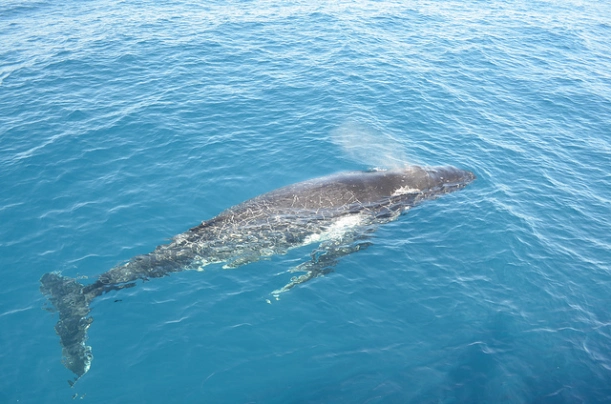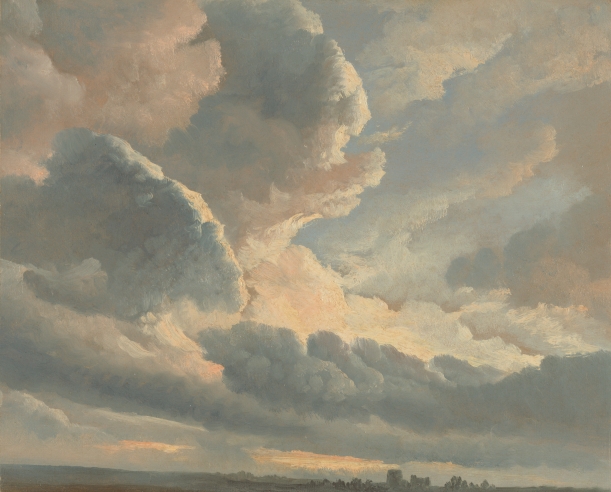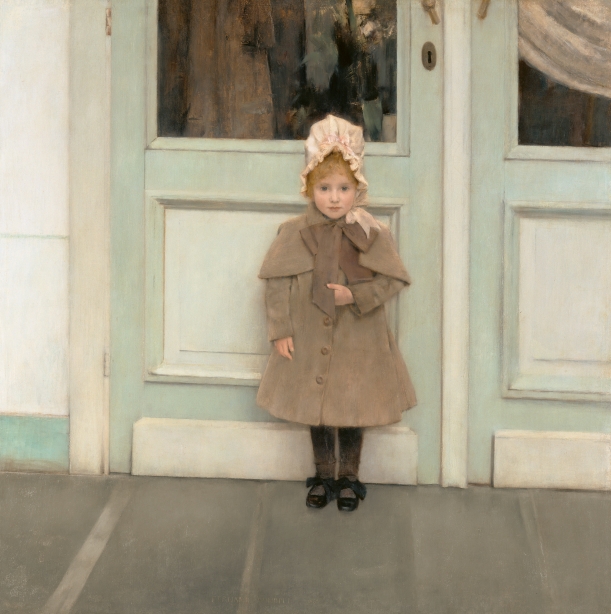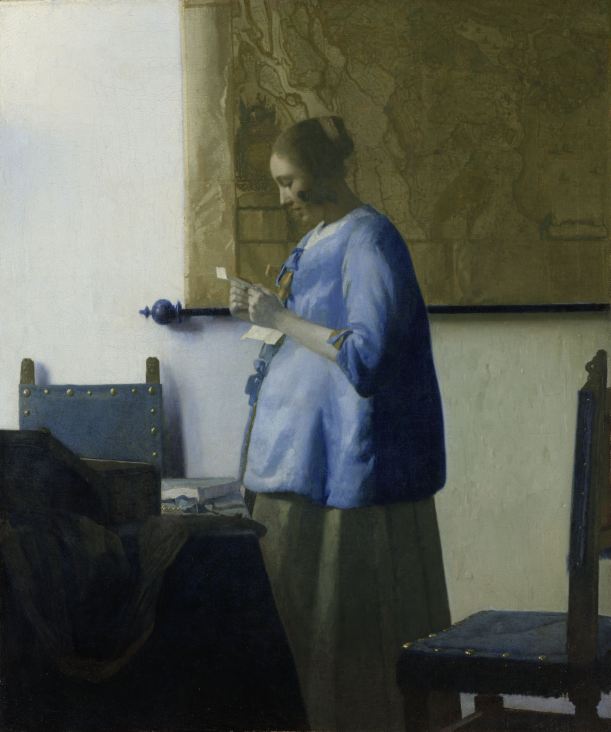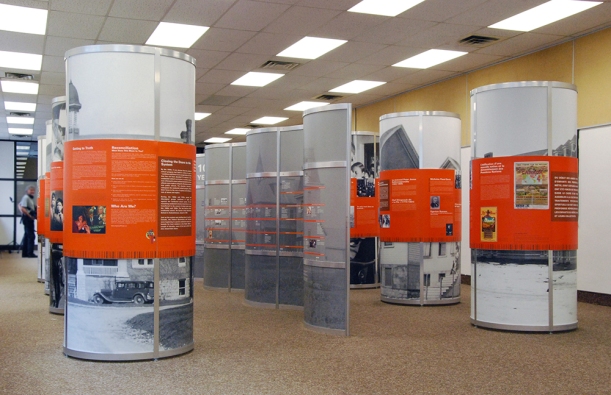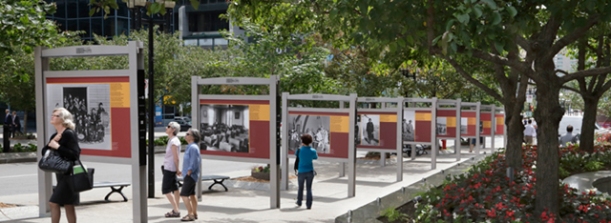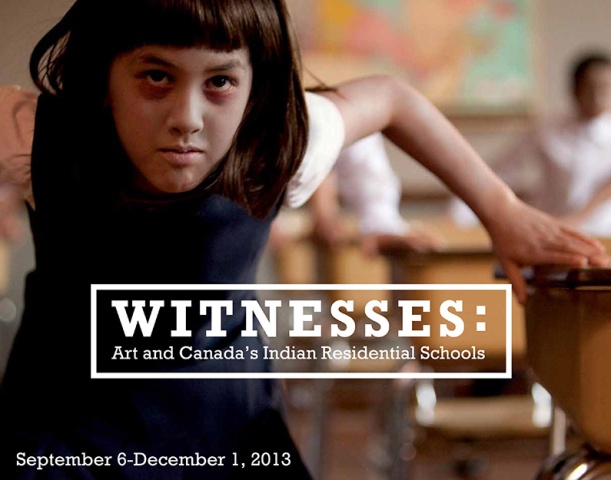What is an interpretive plan?
An interpretive plan is a document that outlines how an exhibition intends to engage with the public. It is created early in the process of planning an exhibit.
Step One
Review and understand the context.
-read the museum’s annual report, strategic plan, or any other documents that state how the museum wants to relate to the public
-read or watch popular books and videos about the subject of the exhibit (National Geographic, YouTube, etc. — any source that presents information on the topic of the exhibit in a way that is easily understood by a general audience)
Step Two
Get to know the collections that can be used for the exhibit.
-iconic “must haves”
-strengths?
-gaps?
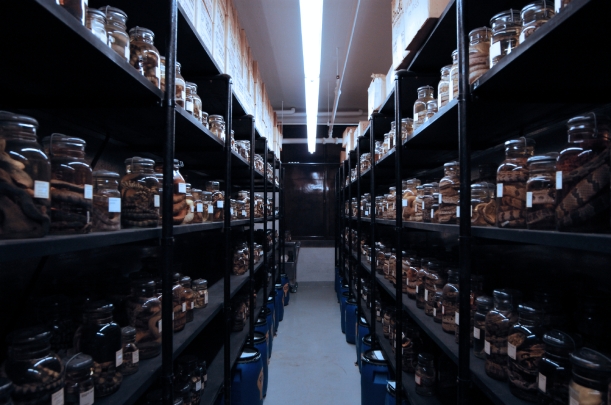
Herpetology collection (that means snakes!). Photo credit: iStock
Understand the audience and stakeholders
-look at existing audience research (if there is any)
-make a plan for engaging audiences in the planning process
-find out who the stakeholders are (staff, senior managers, Members, Boards, those whose history is represented, educators etc.) and talk to them.
Step Four
Elaborate goals and objectives
(So much has been written about goals and objectives, that I will not go into all that again here.)
Step Five
Generate ideas (about the content and how to express it).
Step six
Group ideas into a structure and make sure that you have singled out the “big ideas” that will lead the way. Possible structures could be:
-thematic
-chronological
-geographical
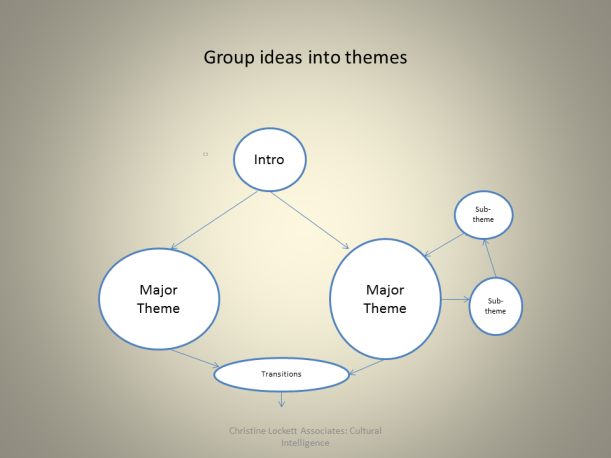
This type of diagram is known in the exhibit trade as a bubble diagram. It shows how visitors will navigate through ideas and is the precursor to the floor plan.
Step Seven
Discuss the quality of the experience you would like to create for visitors and think about the various media (in addition to collections) you would like to use to express the ideas.
Step Eight
Know your space. It will impact how you divide up the ideas, how many collections will fit, and how many choices visitors may have as they move around in it.
-analyse the size, ceiling height, entrances and exits, light sources, surfaces, changes in elevation, subdivisions
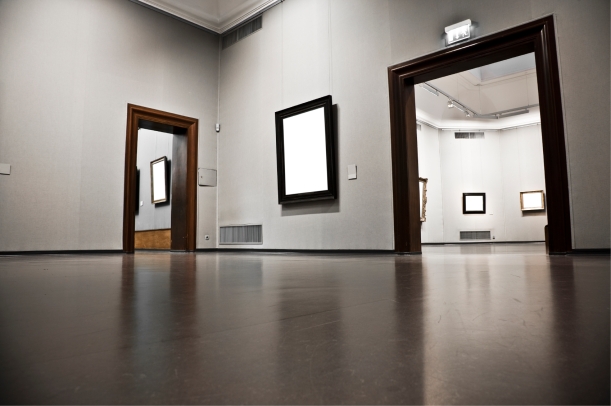
Photo credit: iStock
Step Nine
Create interpretive plan!
The document will look like this:
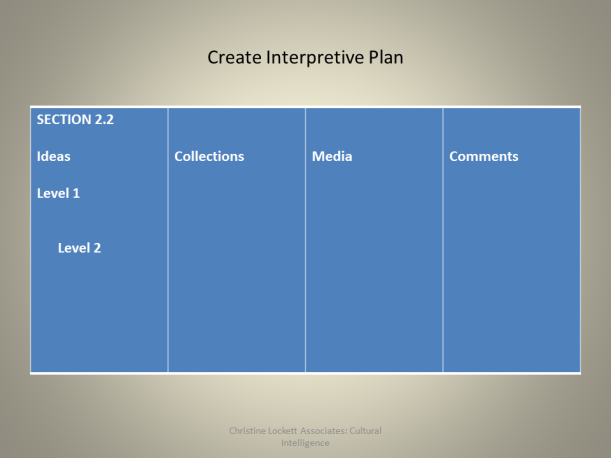
Here is an excellent new book about exhibit-making:
McKenna-Cress, Polly and Janet Kamien. Creating Exhibitions: Collaboration in the Planning, Development and Design of Innovative Experiences. New Jersey: Wiley & Sons 2013
Does this interpretive planning process for exhibits remind you of planning processes for other media?

